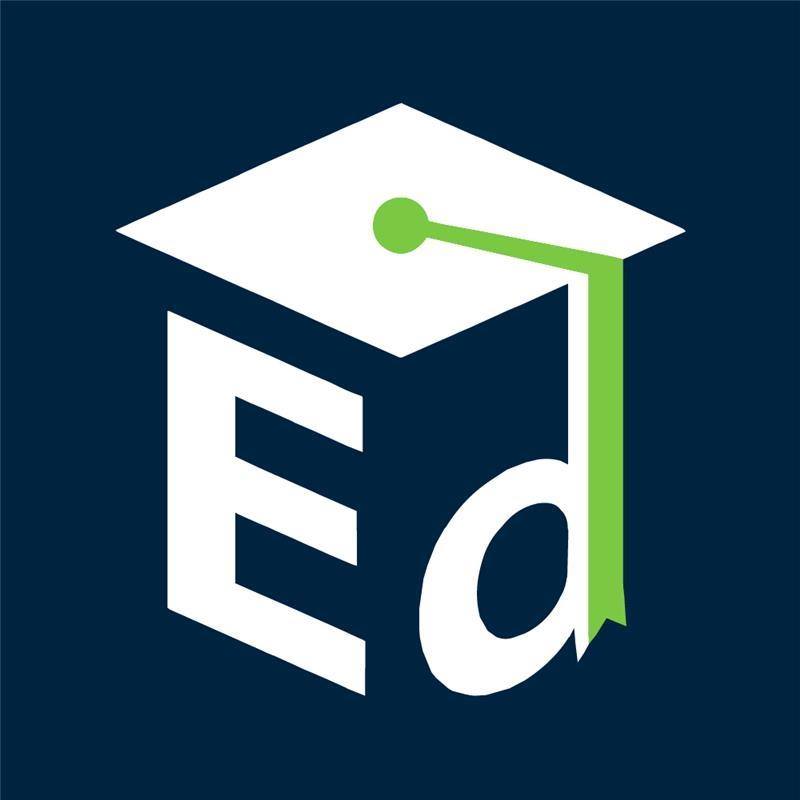NotebookLM from Google allows educators to design dynamic video experiences from self-selected content. Educators choose materials, load them to NotebookLM, and then create a video overview. The resulting video is similar to a slide deck with a human-like narrator. Here’s a sample video created by the Assistive Technology Specialist specific to accessible educational materials titled Unlocking Learning: AIM in VA. Once a video is created, educators can download the file to edit in a video editor (such as WeVideo) or share directly with learners if no edits are necessary.

NotebookLM Video Overview in the Studio Panel

 The U.S. Department of Education’s
The U.S. Department of Education’s 